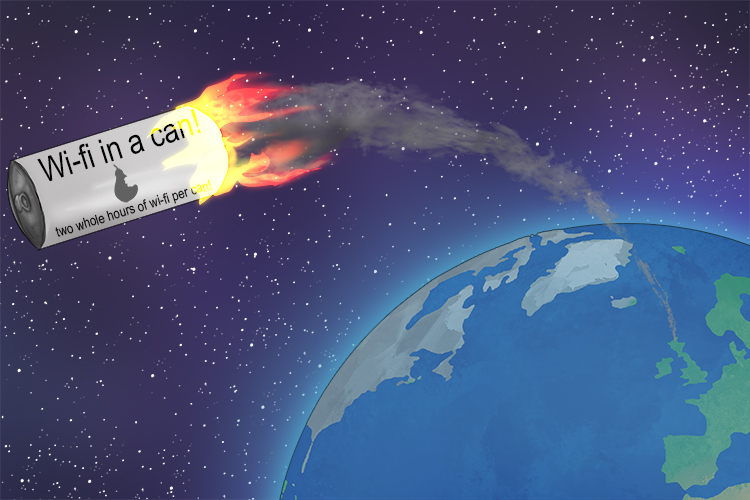Product Launch – A business planned and coordinated efforts to debut a new product to the market
To remember what product launch means use the following mnemonic:
The new product was launched (product launch) into space as a planned effort to debut it to the market.

The product launch is essential in a product’s life cycle, as if it is successful, it can act as a springboard for sustained growth in sales. Methods of product launching include advertising campaigns, press releases, and showcasing at trade/consumer expositions. It is essential during the launch to ensure as many people within the product’s target market are aware of it and that the strategy and planning has been well thought out to achieve this.
An example of a successful product launch is the iPhone. Launched in 2007 by Apple, who carried out a huge marketing campaign prior to the launch, building anticipation, speculation and excitement about the product months before the release. The phone itself was presented by CEO Steve Jobs as part of a widely publicised event that was broadcast worldwide. Highly innovative features combined with huge amounts of consumer attention led to a wildly successful product launch, leading to the iPhone becoming the most popular phone in the world.
Another example of a well-executed product launch is the Tesla Model 3 electric car. Having previously only released premium priced cars, there was a high level of anticipation for a more affordable offering from the company. With a wide range of features and access to Tesla’s widespread charging network, the Model 3 was an instant success and quickly became the fastest selling electric car in the world.
However, product launches do not always go the way the company wants. An example of this is Coca Cola’s launch of New Coke in 1985. A huge marketing effort was made to persuade consumers that the new formula of Coca Cola was better than the original, and failed to listen to public opinion, which was overwhelmingly against the new flavour and discontinuation of the old formula. Public backlash was huge and the new product only lasted for 79 days before the original Coke was brought back due to huge drops in sales. Before launching the product, not enough research was done into how the public would react.
Another example of a failed product launch was the social media platform Google+ in 2011. Despite a huge amount of hype surrounding it, backed by Google’s vast marketing budget and with ads on the Google home page (most visible site on the internet), consumers rejected it. There are a number of reasons why Google+ failed, including the fact that it was too late to the market. Facebook had already become the dominant social media platform by 2011, and Google+’s overly complicated features, boring design and inability to integrate with many other Google products meant that consumer adoption was slow and unprofitable. It ended up being a cautionary tale about the importance of timing, simplicity and integration when launching the products.




